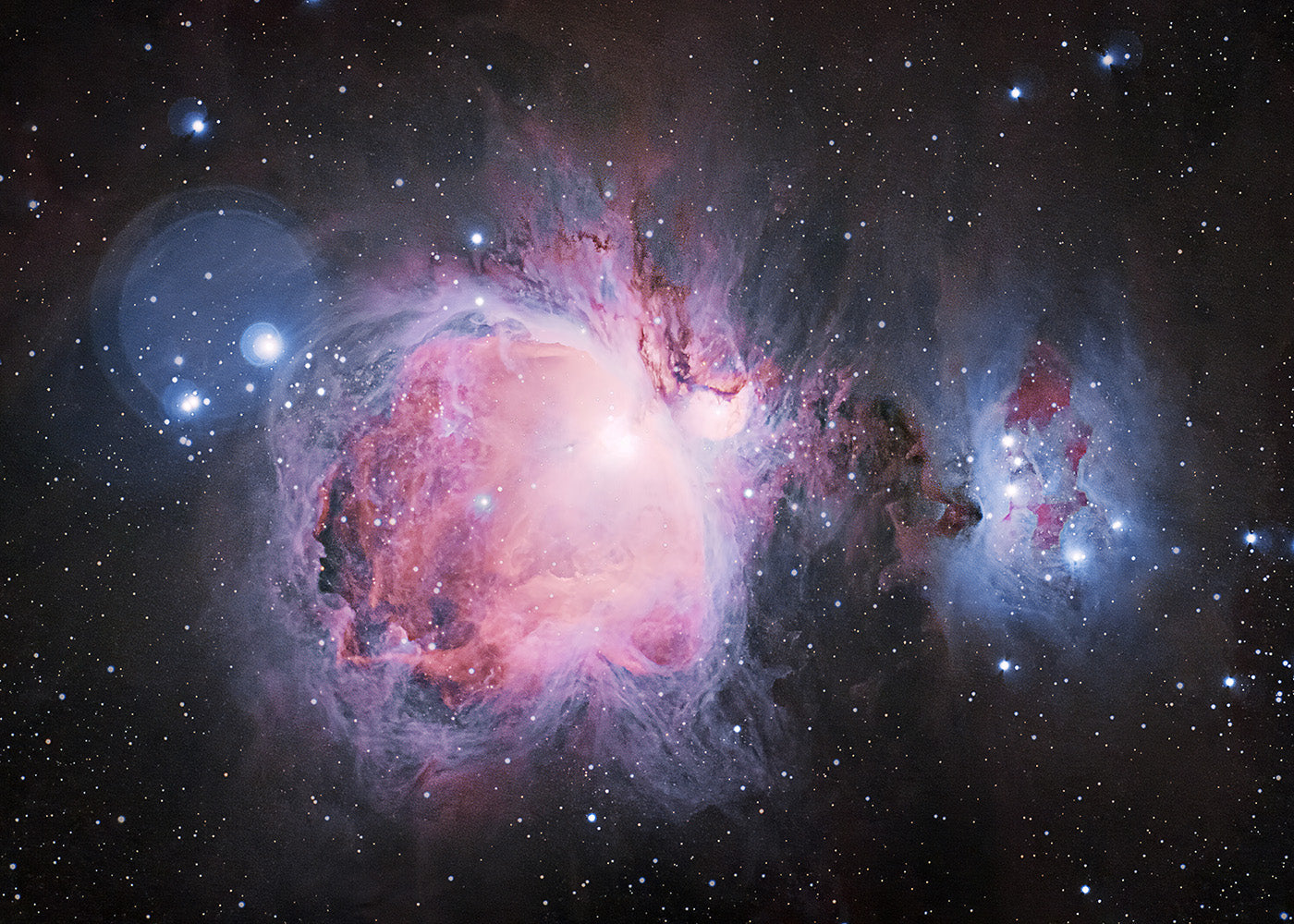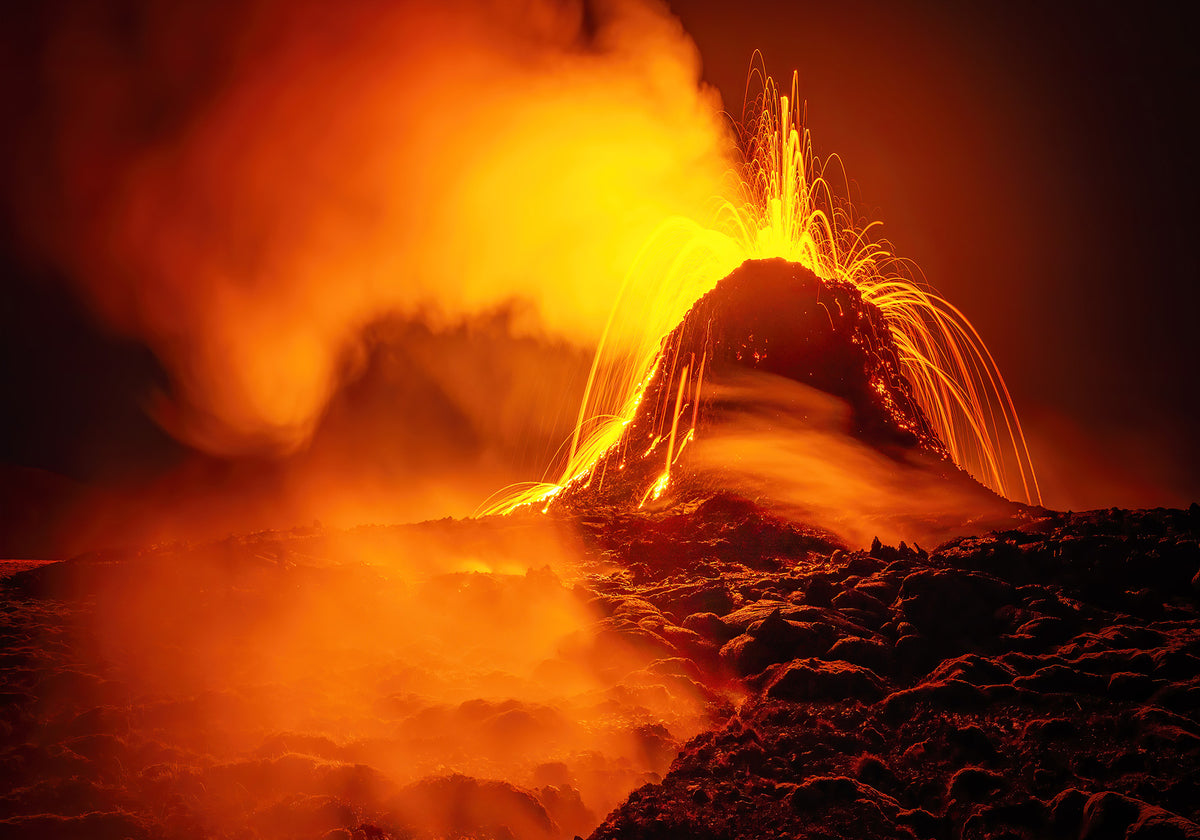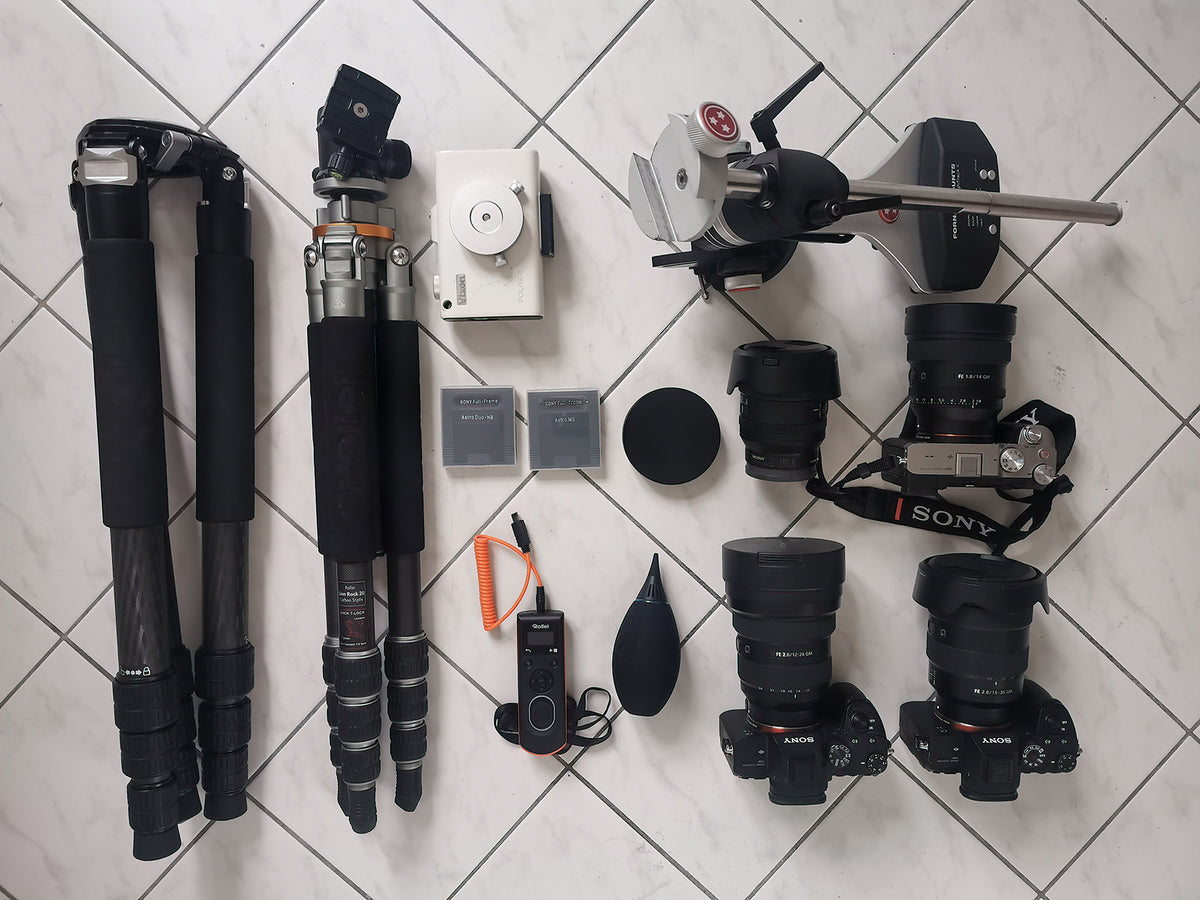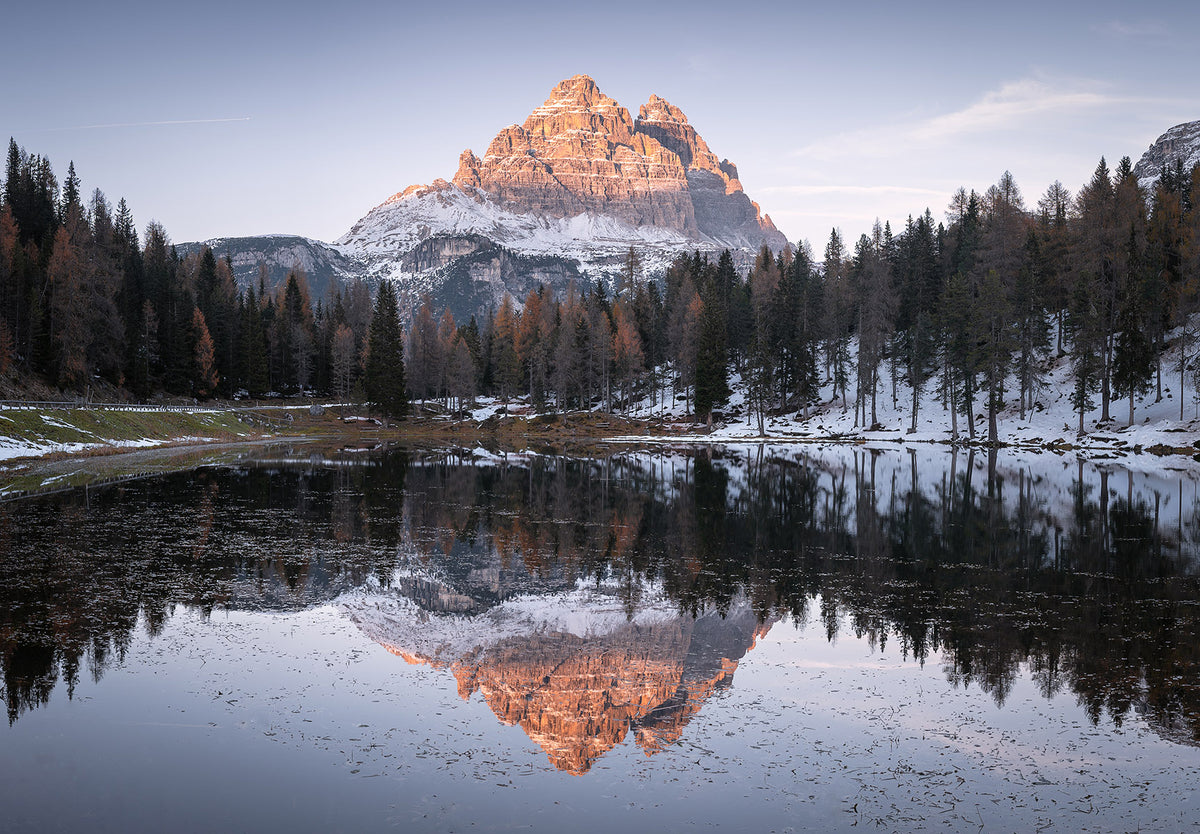
My imaging technique | Deep Sky
Last year, due to the Covid-19 pandemic, I was unable to travel to spectacular locations to pursue my passion for astrophotography. But I used the time at home and continued to work on my deep sky astrophotography. The great thing about deep sky photography is that you can take it anywhere in the world. With the right equipment, such as the Sony α7R III, light pollution is not an issue.
Tutorial video:
The original article is at: https://www.sony.de/alphauniverse/alpha-academy/articles/how-i-shoot-deep-space to find.
Thanks to Sony Germany, Optik Makario, Fornax Mounts and Astro Pixel Processor for realizing the project.

Astrophotography vs. Deep Sky Photography
For me, astrophotography is the images in which the landscape is combined with the celestial elements that we all know, such as the moon, the stars and, of course, the Milky Way. Deep sky photography, on the other hand, involves photographing a subject in the night sky using a telephoto lens, such as the Sony FE 200-600mm f/5.6-6.3 G OSS lens, and usually a 2x teleconverter. With this combination you have a super telephoto lens with a focal length of up to 1200 mm. Apps I use, such as Stellarium, help to find the chosen subject in the night sky.
Due to the way light is emitted from these distant celestial bodies in space, it is possible to photograph them in your own backyard. You don't have to go to a dark, remote place to take spectacular pictures. To get started, the moon is the perfect subject because you can photograph it with very affordable cameras and lenses.

The Science
Digital cameras have a filter in front of the sensor that blocks certain frequencies of light that the human eye cannot see, such as infrared or ultraviolet light. I have a modified Sony α7R III that has had this filter professionally removed so that it can capture those frequencies of light from space that our eyes can't see. *

But in order to see only the light from space, I have to block almost all visible light and only allow certain wavelengths to pass through. So I use another special astro filter that I temporarily attach in front of my sensor when shooting.
Due to the Earth's rotation, the stars seem to move in the sky. To get around this effect, I attach my camera and lens to a sky tracker. This device moves the camera slowly according to the speed of the Earth's rotation to prevent blurry images or star trails, even with an exposure of several minutes at a time.
The right exposure
There's very little light coming into my Sony α7R III camera, so I set my lens to the widest aperture possible and the camera sensitivity to the highest ISO with low noise, in the case of my Sony α7R III that's ISO 800. Then I expose the image for as long as possible, but depending on the situation, this could be a minute or even ten minutes.

The trick with deep sky photography is that you don't take a single image. You take as many photos as you can, hundreds, even thousands of pictures. I can sit in my garden all night and photograph the same subject over and over again. The final image exposure is then created by superimposing the images with software such as Astro Pixel Processor or Deep Sky Stacker, the so-called stacking.
The software looks for details in the image that are consistent across the thousands of photos. It filters out the details that aren't consistent, such as noise or weather conditions, allowing for incredibly sharp, detailed images – all while shooting in the garden.
The Beginning
If you're just starting out, you can focus on something simple, like photographing the moon. You don't need a modified camera for this, you can use a camera like the Sony α7C or the α7 III and a telephoto lens like the Sony FE 200-600mm f/5.6-6.3 G OSS with a 2x FE teleconverter.
The exposure depends on what you see on your screen. You should use the camera's histogram to make the image as bright as possible so that you don't overexpose the highlights. Then you take a series of pictures to superimpose on top of each other.

It's best to create a stacking for the moon because there's a lot of turbulence in our atmosphere. If you're taking a single image of the moon, you may only have one area that's in focus. By taking multiple shots and stacking them on top of each other, you can create a final image in which the entire surface of the moon is sharp and detailed.
And when photographing the moon, you don't need a star tracker. You just have to make sure that the moon is in the center of the shot all the time, the stacking software takes care of the alignment of the individual images.
* Please note that camera modifications are not carried out by Sony or authorized service centers. Hardware modifications are not recommended by Sony and are at the owner's own risk.



Leave a Comment
Comments will be approved prior to publication.
View full article

Photography in Iceland: volcanic eruption and northern lights

What's In My Bag: A Sony Alpha Kit for fascinating astro landscapes and more


Stefan Liebermann
Author